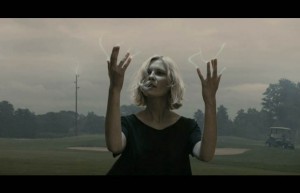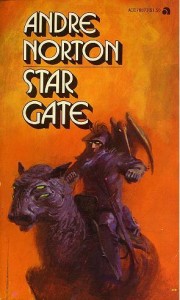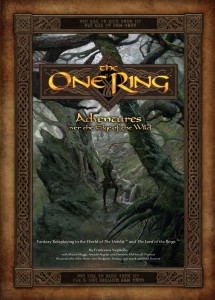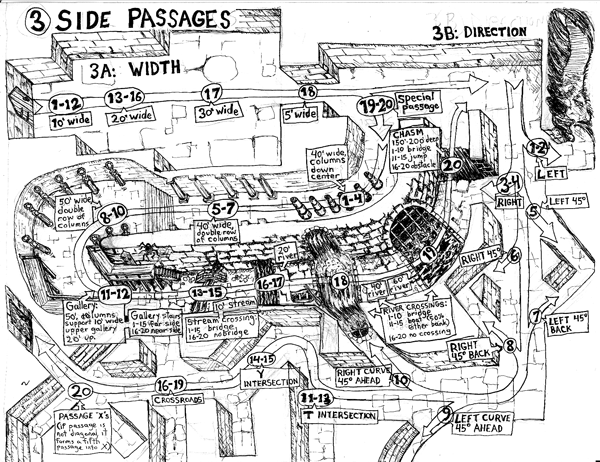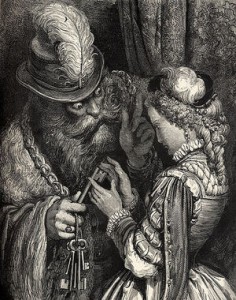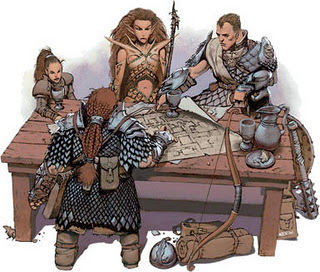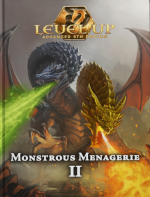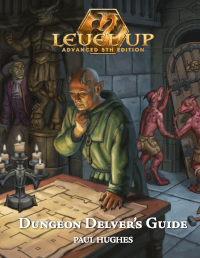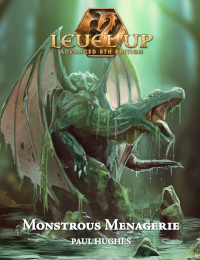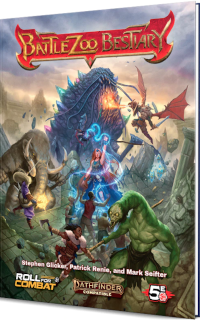Last week I played a D&D game DMed by Mike Mornard, a veteran of Gygax’s and Arneson’s gaming groups. A lot of the original assumptions of Gary’s and Dave’s game didn’t make it through the Little Brown Books into my brain, so as we played, I asked Mike a lot of questions.
mapping
At the beginning of our game, I made the mistake of asking the group, “Who wants to map?” Since I had asked first, I was elected to the position. I am a piss poor mapper, especially on non-graph paper. At the end of the game, Mike compared his map to my scrawl, and the contrast was disheartening. On the other hand, my inaccurate, twisted fun-house version of the dungeon was topographically the same as Mike’s map, in the same way that a donut is topographically identical to a coffee mug, and I had been able to accurately steer our group through the map’s twists and turns.
Mike’s map-describing style was approximately like this. “You go ten, twenty, thirty feet north, and hit a wall. You can go east and west along the wall.” He’d wait for input, like “We go east”, and then continue, “Ten, twenty feet east, and there is a ten-foot wide passageway in the north wall. The stonework here is rougher. The north passage goes straight as far as you can see.” As the party mapper, I would sometimes just say “North” or “East”. This presentation felt oddly like a text adventure: maybe Action Castle is closer to the original version of D&D than I thought.
One thing that actually made mapping easier: the fact that our light sources were important. We could only see twenty or thirty feet in any direction, which helped focus our decisions. Even in a big room with lots of details, we were only in the position to see a couple of our choices at the same time.
Mike mentioned that he went to high school with Rob Kuntz, Gary’s eventual co-DM. Rob had an eidetic memory, and when he was playing in Gygax’s dungeon, he didn’t need to map and never got lost. Sometimes he would correct Gygax. Mike did his impression of Gary crying, “Curse you, Kuntz!”
I should add that, as the mapper, I got a lot of the DM’s attention. Mapping is a big slice of the OD&D pie. This meant I was always engaged, and so was the DM, but what did the other players do while I was asking for clarifications about the length of the east wall? Probably zoning out a little – especially since cross-table chatter was frowned upon. So far I’ve only experienced OD&D as the mapper and the DM, so I’ll have to try a different role next time.
character background
Someone asked Mike, “How much character background did you do in the old days?” Mike came back with a pretty quotable line: “The cool thing about your character was what you did in the game.” Characters had backgrounds like “fighter” or, at most, “the youngest son of a landless knight”.
Mike added that DM game pitches should be short as well: the opening crawl to Star Wars is only 92 words long (Mike went on to quote the crawl from memory: I’m a big Star Wars fan but I was outclassed.) Gary Gygax pitched D&D as, “Want to try this new game called Greyhawk where you kill monsters and get treasure?”
I was also interested in this quote because, from this and other quotes about the “Greyhawk campaign”, it sounds like players thought of the game as “Greyhawk”. Imagine if D&D had been published as “Greyhawk”: just that name change would cemented the setting right in the middle of the game, and really changed how a lot of people play, I bet.
Chainmail and game development
Mike commented that Chainmail was still his favorite minis game. He said that when they introduced new players to the game, they would just give the players a few units to keep track of (battles were often played with four or five players). New players could expect to get beaten for a couple of games too.
Mike credited Chainmail’s good rules to Gary’s maxim, “I’d rather have a good rule now than a perfect one in a year.” I’d never heard this ascribed to Gary before, but it makes a lot of sense, and when we’re wondering why this D&D class requires so many XP to level up or whatever, it’s good to remember that Gary, Dave, and the other D&D contributors were coming to the table with new rules all the time: those they like stayed, even if some pieces of them were arbitrary and not fully thought-out. It didn’t make sense to kill yourself perfecting every detail while there was still so much new game-design ground to cover.
This post is getting long, and I still have a lot of game notes to get through! I’ll do one more post, and try to cover Mike’s wisdom on monsters, treasure, character classes, and combat rules.

